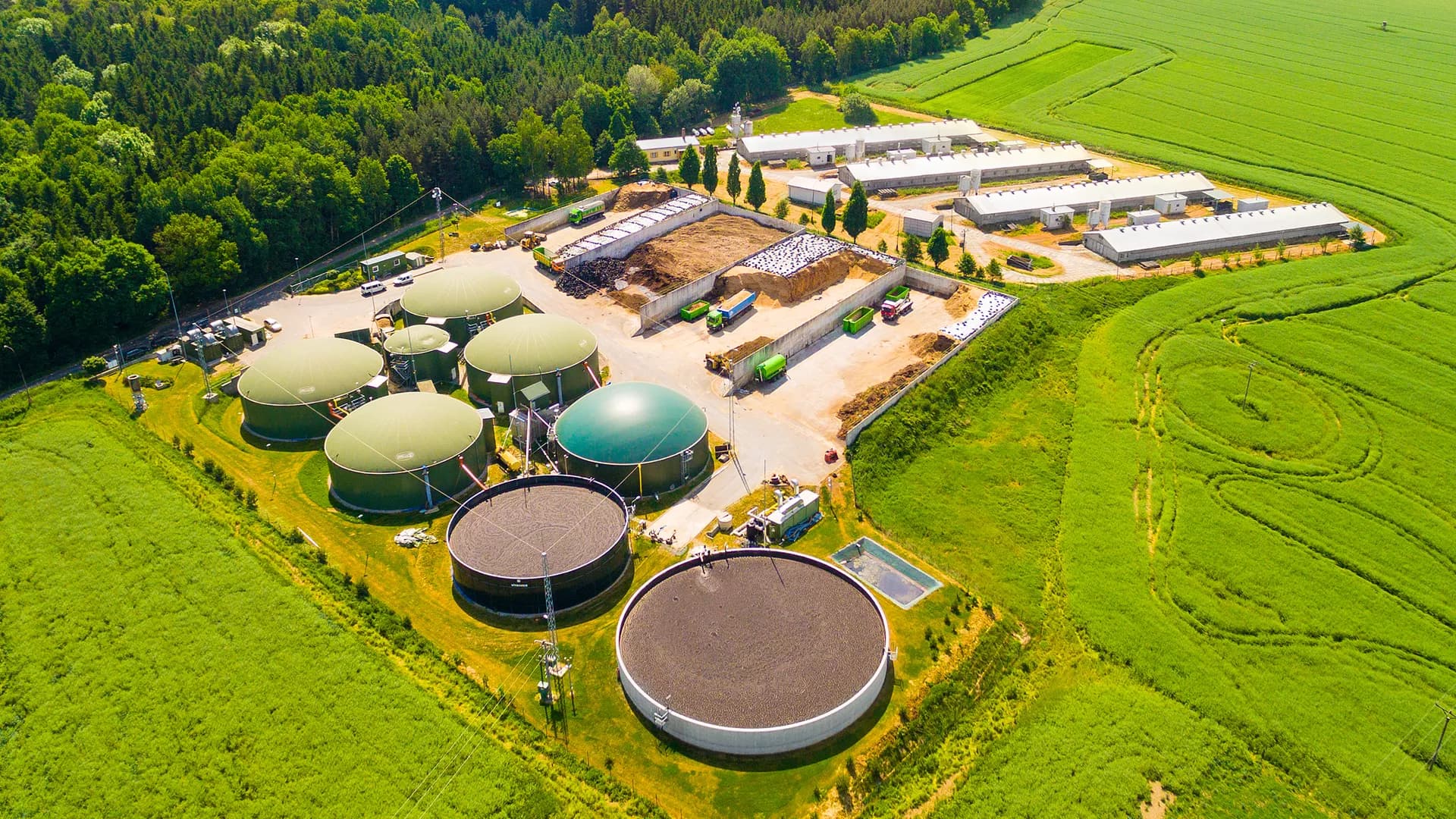Epithelia and endothelia form the barriers that separate organ-specific tissues from the cardiovascular system, and regulate the passage of solutes and ions in vivo. The physiological function of biological barriers is location-specific, and the intended purpose can vary between transport of nutrients, removal of waste, absorption of ions and removal of toxins. Biological barriers therefore play key roles in not only organism development and homeostasis, but also in organ response to treatment administration. Models of biological barriers aim to replicate function at the tissue and organ-level, thereby presenting as a versatile platform for disease modelling and drug development applications. Specifically, such models allow for evaluation of the effects of potentially toxic compounds, examination of barrier breakdown during disease progression, or testing the ability of novel treatments to cross biological barriers.
There is still considerable work remaining to completely replicate the physiological function and pathophysiology of biological barriers using model systems. The goal of this Research Topic is to bring together state-of-the-art original research articles and review articles from experts in the field of biological barrier models that use varied modelling approaches to arrive at the same goal. It is intended that readers of this Research Topic will obtain a broad view of the field of barrier modelling and gain an appreciation for the methods used to obtain the data that these models are based on and also the applications for which these models are intended to be used.
Authors are asked to submit original research, brief research reports or reviews on the themes related to the modelling of biological barriers. Specifically, authors are asked to contribute articles relating to the development or use of in vitro, in silico, ex vivo, chip or animal models intended to replicate the function of biological barriers such as the blood-brain barrier, the blood-cerebrospinal-fluid barrier, the blood-retina barrier, the gut barrier, etc.
Epithelia and endothelia form the barriers that separate organ-specific tissues from the cardiovascular system, and regulate the passage of solutes and ions in vivo. The physiological function of biological barriers is location-specific, and the intended purpose can vary between transport of nutrients, removal of waste, absorption of ions and removal of toxins. Biological barriers therefore play key roles in not only organism development and homeostasis, but also in organ response to treatment administration. Models of biological barriers aim to replicate function at the tissue and organ-level, thereby presenting as a versatile platform for disease modelling and drug development applications. Specifically, such models allow for evaluation of the effects of potentially toxic compounds, examination of barrier breakdown during disease progression, or testing the ability of novel treatments to cross biological barriers.
There is still considerable work remaining to completely replicate the physiological function and pathophysiology of biological barriers using model systems. The goal of this Research Topic is to bring together state-of-the-art original research articles and review articles from experts in the field of biological barrier models that use varied modelling approaches to arrive at the same goal. It is intended that readers of this Research Topic will obtain a broad view of the field of barrier modelling and gain an appreciation for the methods used to obtain the data that these models are based on and also the applications for which these models are intended to be used.
Authors are asked to submit original research, brief research reports or reviews on the themes related to the modelling of biological barriers. Specifically, authors are asked to contribute articles relating to the development or use of in vitro, in silico, ex vivo, chip or animal models intended to replicate the function of biological barriers such as the blood-brain barrier, the blood-cerebrospinal-fluid barrier, the blood-retina barrier, the gut barrier, etc.





![Levels of tissue hoop (circumferential) stress due to stent expansion predicts sites of endothelial denudation. (A) Finite element analysis (FEA) predictions of arterial hoop stress (MPa) following deployment of three different stent designs compared with representative histological stains [slotted tube and corrugated ring adapted with permission (15)] for endothelial denudation following in vivo deployment of each design. (B) Distribution of arterial luminal surface area at given levels of hoop stress for each of the three stent designs considered. (C) Comparison of measured percent of area denudation from computerized morphometric analysis of arterial tissue vs. FEA predicted arterial surface area exposed to a hoop stress exceeding 49.5 kPa following deployment of each stent design.](https://www.frontiersin.org/_rtmag/_next/image?url=https%3A%2F%2Fwww.frontiersin.org%2Ffiles%2FArticles%2F733605%2Ffcvm-08-733605-HTML%2Fimage_m%2Ffcvm-08-733605-g003.jpg&w=3840&q=75)



